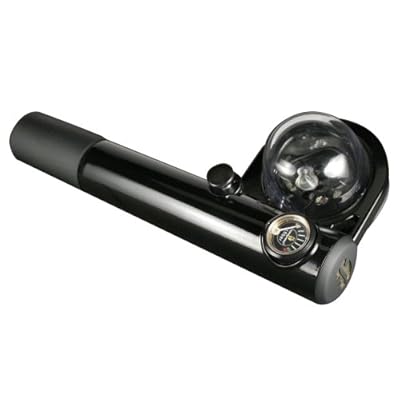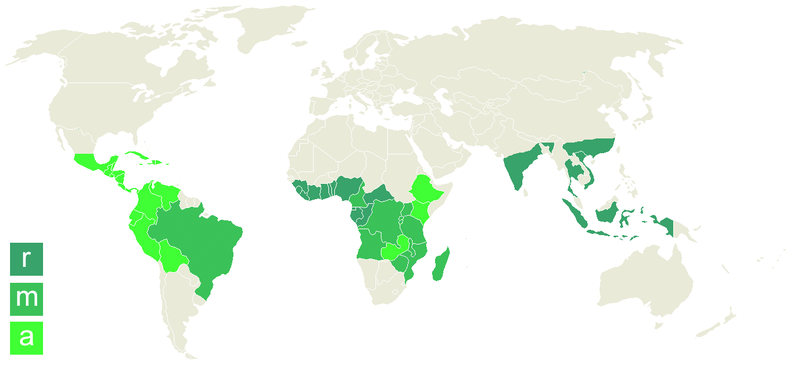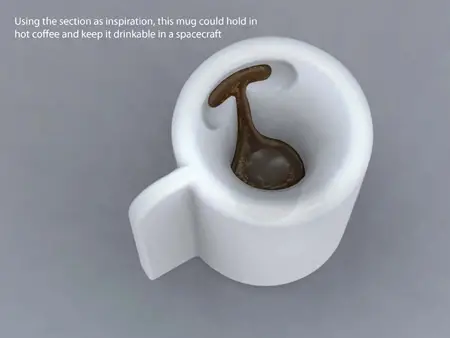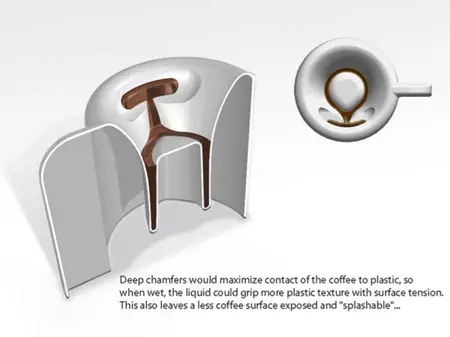I was wondering how much someone who spends as much time as I do reading about coffee could learn from a three and a half hour coffee school. The answer – not much, and a lot.
We took the three hour course at Coffee Dominion. It’s $75 and basically includes all you can drink coffee and three hours of hands on training.
The thing about coffee is that there’s an incredible amount of diversity in thinking and practice that it’s hard to nail down any one particular theory.
For example – many people argue that tamping (the compacting of coffee in the filter basket) is not only essential – but must be done with 10kg of pressure. Other people argue that as long as the distribution and dosing of the coffee in the basket is even, tamping is irrelevant.
What really matters when it comes to making a coffee is consistency of method. That was hammered home tonight. As long as your dosing is consistent – that is the same amount of coffee in the basket, prepared the same way, and your tamping is consistent – the only variable is the grind. The grind will vary based on humidity and variables like type of bean, depth of roast and time since roasting. If your method is the same this is the only change you’ll need to make.
I disagreed with a little bit at the start, we had a sit down session where we were told that single origin coffee is no good for espresso. I like single origin espresso. That is one type of bean from one place. The argument is that espresso requires a dark roast, that diminishes the flavour profile from the bean – so to keep espresso interesting you need to mix a broader variety of flavours. I disagreed. I don’t mind espresso made from a light roasted bean. But that’s less than relevant in the broader scheme of things.
The “cupping” was interesting. Cupping is the primary method bean buyers use when determining what beans to order. It’s basically hot water poured over ground coffee. It’s that simple. No plunge, no brewing, no steeping. It’s just coffee and hot water. The coffee forms a crust. You break the crust that it forms and sip the coffee. Then you figure out the flavour profile – it’s similar to wine tasting really.
Milk frothing was interesting too – I struggle to get the texture right. The goal is to make “silk from milk” and to avoid big bubbles.
We also got to look around Coffee Dominion – where all the behind the scenes magic happens. Including a little excursion into the roasting room. I’ll put pictures up shortly.
It was a good learning experience – and worth doing. We’ve even got certificates to show for it.









